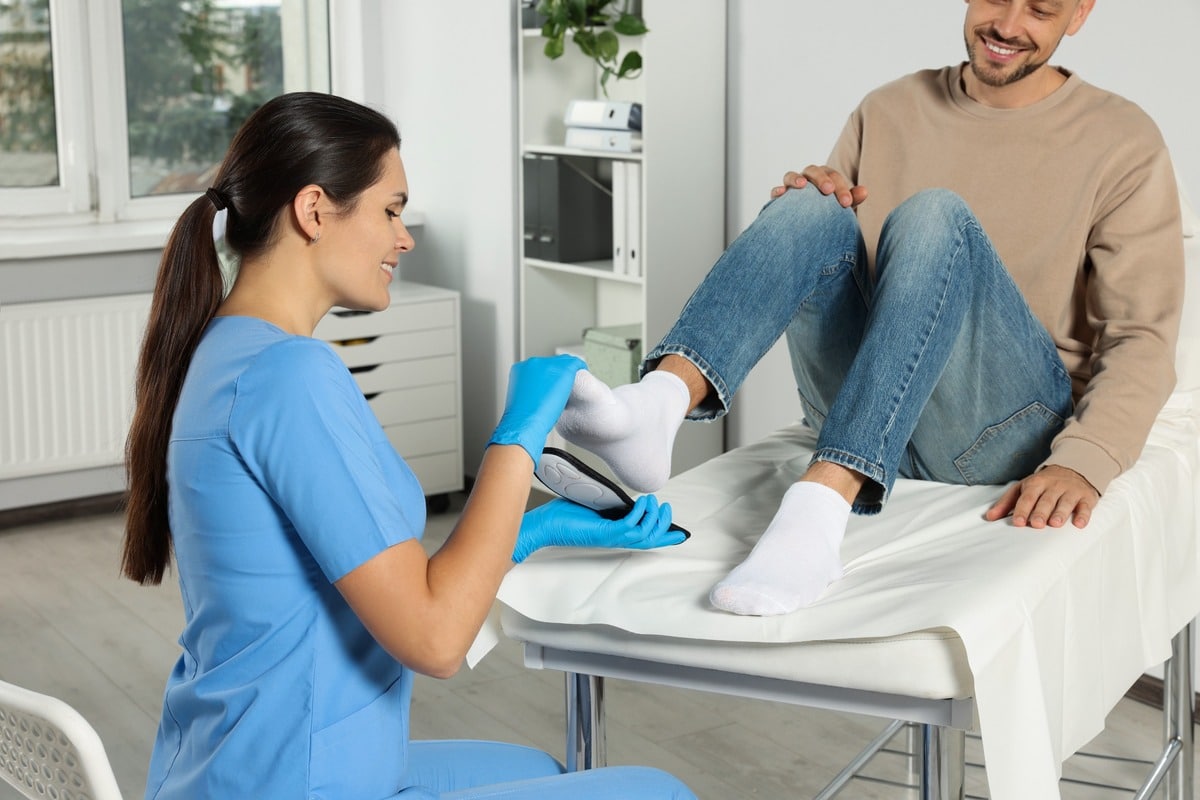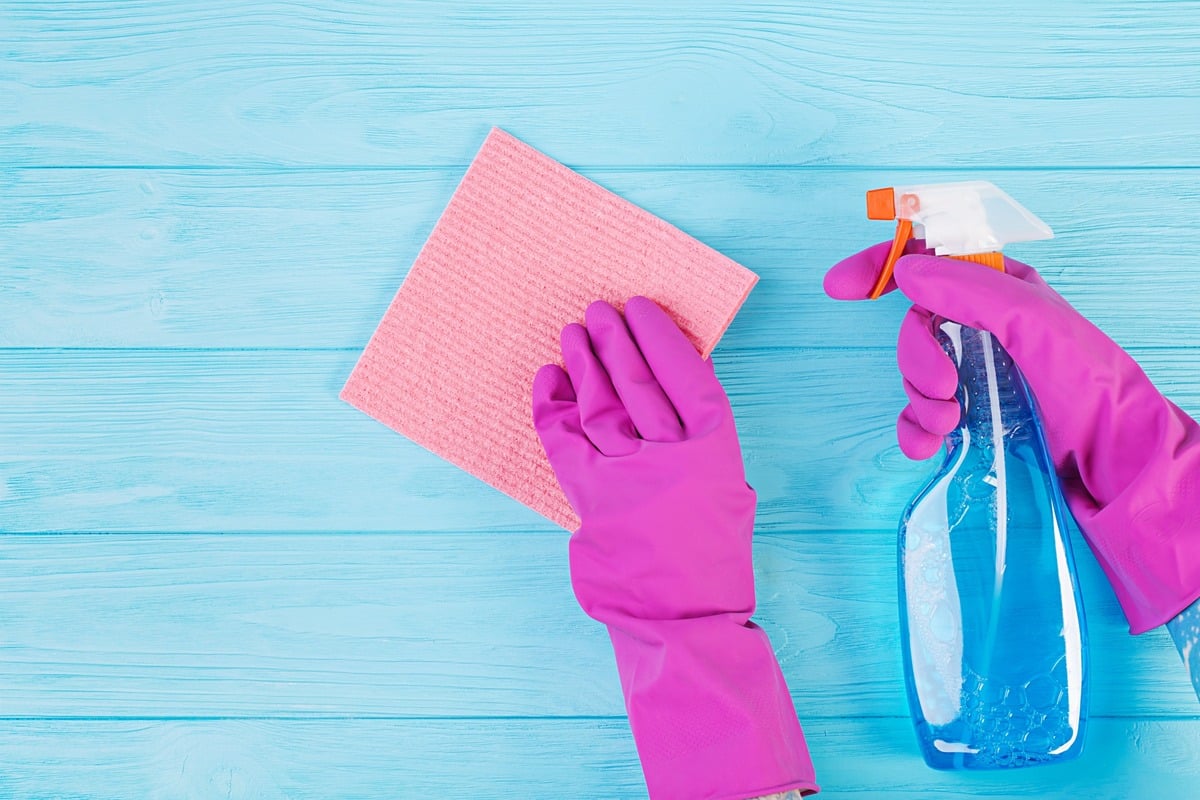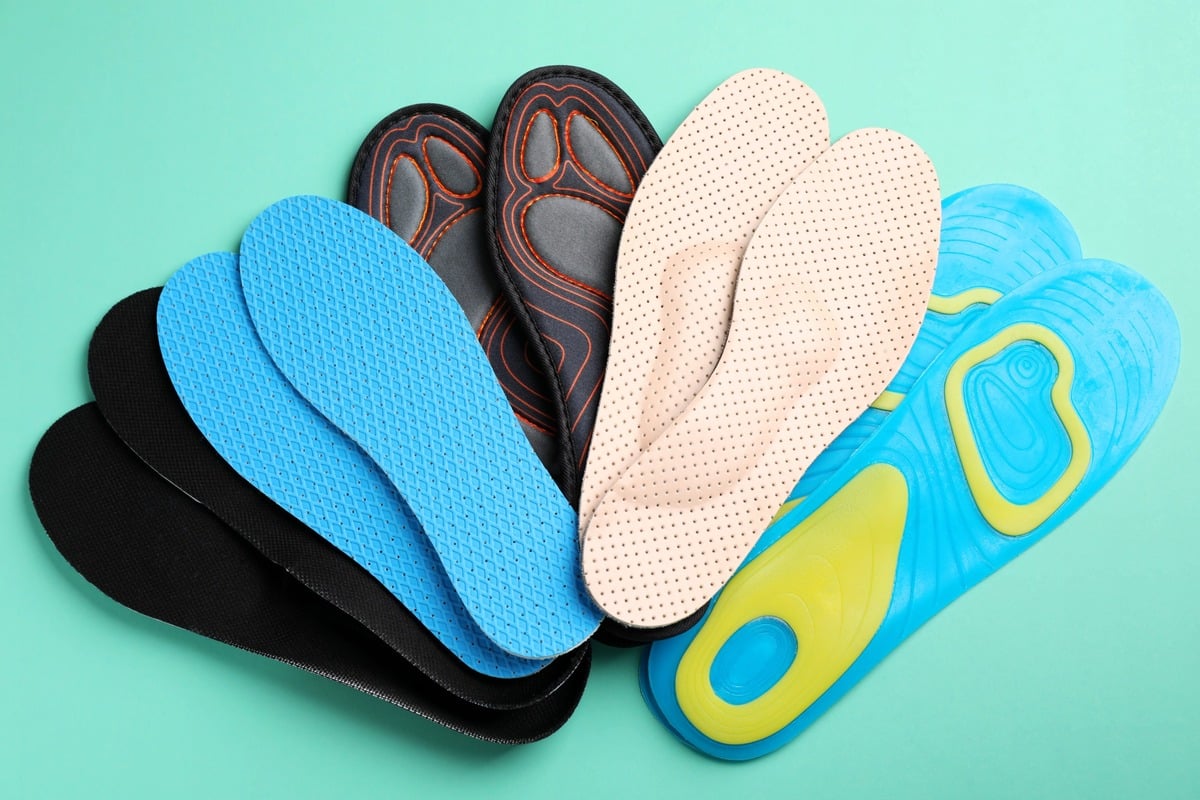The foot can be subject to pathologies that lead to deformity. These conditions impact on the patient’s gait and quality of life. Orthopedic insoles or plantar orthoses have been designed to remedy this type of problem. They come in a variety of shapes and materials, and can be used to effectively treat different conditions. However, as they are used, they become dirty and need to be cleaned. Here’s how to do it effectively.
What are orthotics?
An orthopedic insole is a device specially designed to treat a deformity of the foot or arch. Made to measure, this removable element corrects physiological problems that can affect the patient’s gait. It is slipped into a shoe to enhance daily comfort and ensure maximum discretion.
Foot orthoses are an effective treatment for a variety of foot pathologies. It is recommended for relieving chronic skin conditions. This is the case for corns or calluses that form as a result of problems with the distribution of pressure. This equipment is also necessary in cases of mechanical dysfunction. It provides effective relief for people suffering from osteo-muscular pain such as arthrosis or tendonitis. Finally, orthopedic insoles are preferred for foot deformities. They are used to treat valgus or varus feet, pelvic tilt, varum or valgum knees, etc
The orthosis is professionally manufactured and fitted by a podiatrist. The podiatrist checks that the model conforms to the order and provides the patient with real relief.
For your information, orthotics are partially reimbursed by Social Security. A patient is entitled to this benefit only once per calendar year.
How does it work?
The pelvis, back, hip, knees and feet are the main elements enabling man to walk or run. The foot is the most important, as it affects the body’s locomotion and the movements performed by the body’s joints. Foot deformity is therefore a serious problem.
The orthopedic insoles prescribed by the podiatrist reduce the effects of plantar pathology. It also acts on all the joints of the locomotor system. By modifying the foot’s posture, it relieves muscular pain and enables the patient to move more easily.
How do I wear an orthotic?

Wearing an orthotic requires a period of adaptation. It is not advisable to use them full-time as soon as they are obtained. For the first 4 days, the patient should only wear the brace for 4 hours. After that, and for the next 10 days, he or she will wear it all day long. Initially, there will be some discomfort until the foot becomes accustomed to the orthopedic insole. However, this discomfort is painless.
Once the orthotics have been fitted, it is advisable to wait 15 days before engaging in any sporting activity. This is necessary to allow the whole locomotor system to adjust to a more suitable gait. After 2 weeks, the brace must be worn constantly during sports sessions.
The orthopedic insole can easily be slipped into shoes, provided they are wide enough and have a heel not exceeding 4 cm. It is strongly recommended to wear it in indoor shoes for activities at home. It can be placed in dress shoes when the comfort support of the latter is removed. Finally, it can be slipped into sports shoes when the insole has been removed.
What are the different types of orthotics?
Since foot orthotics are made-to-measure models, they come in many forms, depending on the patient’s condition. Here are the different types of insoles available:
- The classic orthopedic insole : this made-to-measure orthotic reduces instability problems. It offers greater comfort for the patient, while reducing pain due to poor support distribution.
- Orthopedic comfort insoles : used in everyday life and during sports, they optimize wearer comfort by absorbing shocks. They also distribute foot pressure more evenly.
- One-piece orthopedic insoles : made from a single block of material, they lighten the feet while optimizing walking comfort.
- Component insoles : this model is created using various components cut to the user’s shoe size. Each part is then assembled to form a sole. This device is used to increase comfort while correcting certain deformities, such as flat feet.
- Epidermal affections (AE) insoles : this type of orthotic helps combat epidermal problems. It reduces pressure on certain areas of the foot to reduce the formation of corns, calluses or warts.
- Thermoformed orthotics : this model is molded directly from the patient’s foot. It ensures a better balance of body weight without weighing down certain support areas. This insole can be used to treat painful or hollow feet. Recommended for diabetics and athletes.
See our selection and our Top 5 of the best orthopedic insoles
How do I care for orthotics?

The average lifespan of an orthopedic insole is 12 to 18 months. However, they deteriorate rapidly without rigorous maintenance. Because they are worn daily, orthotics can give off unpleasant odors if they are not cleaned properly. They can also facilitate the growth of various bacteria. This increases the risk of skin infections.
To clean orthopedic insoles properly, you need to adopt the right gestures and use suitable products. This operation should be carried out at least once a month.
Tips for washing orthotics
Orthotics can be washed regularly. To prevent the formation of unpleasant odors, it is essential to remove the insoles from your shoes every evening to allow them to breathe.
When caring for your insoles, it’s essential to remember that they can only be washed by hand. This operation generally requires warm, soapy water. Disinfectant wipes, baking sod a or methylated spirits can also be used for maintenance. A sponge or soft brush is also required for optimum cleaning.
Gestures to avoid
When hand-washing orthotics, certain actions are not recommended. The use of a hard brush is not recommended, as it accelerates the degradation of the brace.
The brace must not be immersed in water. It is also dangerous to leave it in contact with seawater for too long.
To preserve the longevity of the sole, it should not be cleaned with solvents. Products containing acetone, ether or trichloroethylene will reduce its lifespan.
When drying, the brace should not be placed near a heat source (fireplace, radiator, tumble dryer, sun, etc.). High temperatures tend to deform the brace.
Using soapy water
Cleaning orthotics with soapy water is the most common practice. All you need is lukewarm water and a mild, pH-neutral soap.
Once the soap and water have been mixed, a sponge is dipped into the water and used to scrub the orthotics. After cleaning, simply rinse with another sponge or a clean cloth and leave to dry.
Disinfectant wipes or sprays
Disinfectant wipes or sprays can be used to eliminate unpleasant odors and bacteria from orthopedic insoles. By rubbing the equipment with the wipes, the exhalations are quickly eliminated. This is also the case with a spray.
Using baking soda
Baking soda is a good solution for removing odors and impurities from orthopedic insoles. To use this technique, start by pouring baking soda into a large container. The insole is then placed in the container and covered with the product.
Once the orthosis is completely covered, the container must be hermetically sealed. After 6 hours, the bicarbonate will have taken effect. All that remains is to collect the brace and shake it before putting it back in the shoes.
Using methylated spirits
Methylated spirits can also be used to clean orthopedic insoles without damaging them. To do this, an equal mixture of water and alcohol must be made. The resulting solution is then sprayed onto the brace. It’s important to concentrate on the top and underside of the brace. Once moistened, simply leave to dry, taking care not to expose it to a source of heat.
Other products can be used instead of methylated spirits. These are white vinegar and hydrogen peroxide. In this case, the amount of water used should be slightly reduced.
Please note that orthopedic insoles cannot tolerate certain chemicals. Solutions containing acetone, ether or trichloroethylene should not be used for maintenance.
To summarize
The orthopedic insole is a real support for the gait. Made from a variety of materials and available in many different forms, they provide support and comfort for the patient. Depending on the custom-made model, the wearer can walk or play sports without significant discomfort. Some people can even reduce the formation of corns or calluses on their arches.
For maximum effect, the foot orthosis must be worn on a daily basis. However, constant use can lead to unpleasant odors and the proliferation of bacteria on the surface. It should therefore be washed at least once a month. Soapy lukewarm water, baking soda or methylated spirits are all effective cleaning agents.
Did this content interest you or provide you with practical advice? Please feel free to leave a comment, give us your opinion or suggest other tips to help you wash your orthopedic insoles.
